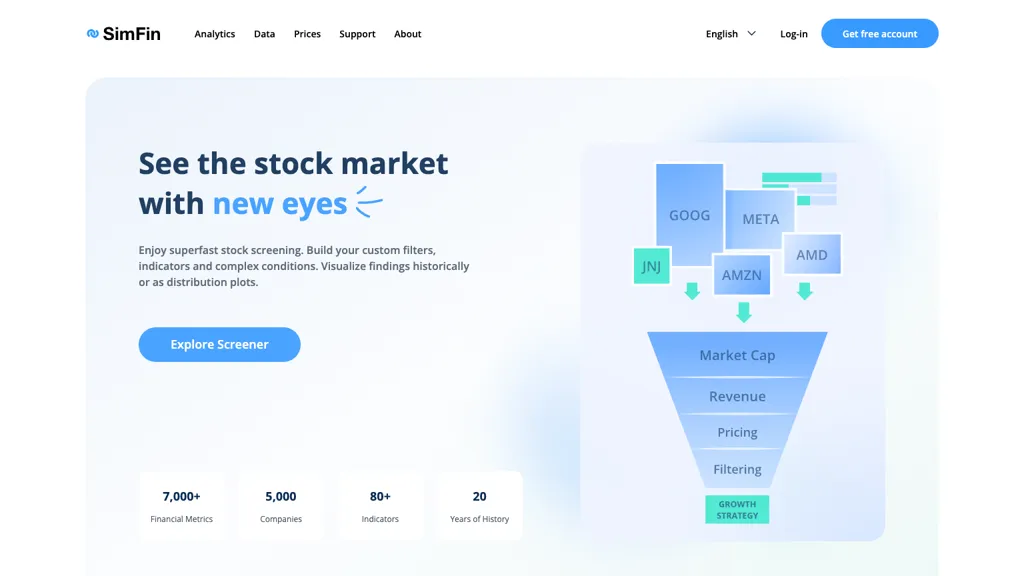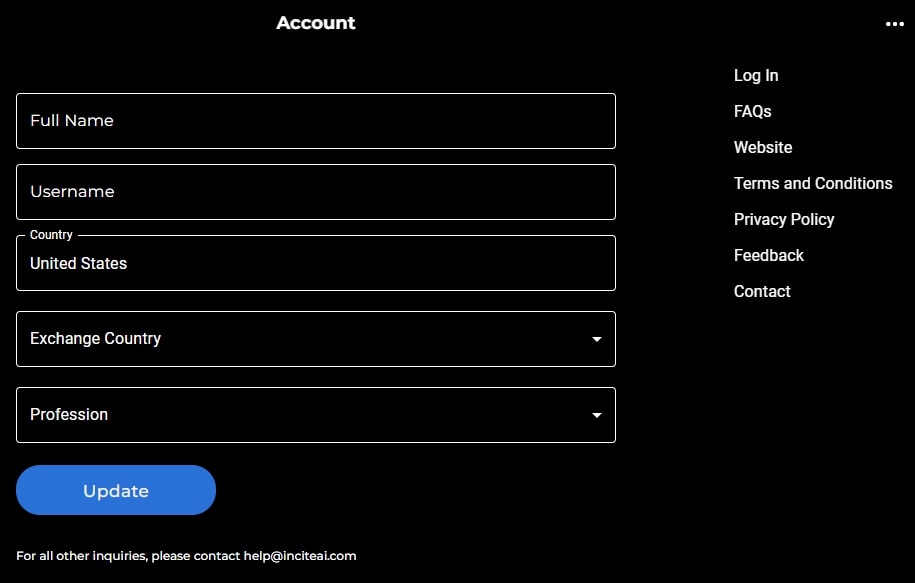In order to ensure that you have accuracy, reliability, and useful insights, it is crucial to examine the AI and machine-learning (ML) models utilized by trading and prediction platforms. Models that are poor-designed or exaggerated can result in inaccurate forecasts as well as financial loss. Here are ten of the most effective ways to evaluate the AI/ML model used by these platforms.
1. Find out the intent and method of this model
A clear objective: determine whether the model was designed for short-term trading, long-term investment, sentiment analysis or risk management.
Algorithm transparency: See if the platform reveals the types of algorithm used (e.g. Regression, Decision Trees Neural Networks and Reinforcement Learning).
Customizability: Find out if the model can be adapted to your specific trading strategy or your tolerance to risk.
2. Evaluate the performance of your model using metrics
Accuracy: Check the accuracy of predictions made by the model however, don't base your decision solely on this measure, since it may be inaccurate in the financial market.
Precision and recall. Test whether the model accurately predicts price fluctuations and minimizes false positives.
Risk-adjusted return: Determine whether the model's forecasts will yield profitable trades after accounting for risks (e.g. Sharpe ratio, Sortino coefficient).
3. Check the model with Backtesting
Backtesting your model with the data from the past allows you to evaluate its performance against previous market conditions.
Tests using data that was not previously used for training To avoid overfitting, try testing the model using data that was never previously used.
Analyzing scenarios: Examine the model's performance under different market conditions.
4. Check for Overfitting
Overfitting sign: Look for models that are overfitted. They are the models that perform extremely well with training data, but less well on unobserved data.
Regularization Techniques: Examine to see if your platform employs techniques such as dropout or L1/L2 regularization to avoid overfitting.
Cross-validation. Make sure the platform is performing cross validation to determine the model's generalizability.
5. Review Feature Engineering
Important features: Make sure that the model is based on relevant features (e.g. price or volume, as well as technical indicators).
Choose features: Ensure that the platform only selects statistically significant features and doesn't include irrelevant or insignificant information.
Updates to features that are dynamic: Check whether the model is able to adapt to changes in market conditions or new features over time.
6. Evaluate Model Explainability
Interpretability: The model must be able to provide clear explanations for its predictions.
Black-box models: Be wary of systems that employ excessively complex models (e.g. deep neural networks) with no explainability tools.
User-friendly insights: Check if the platform offers actionable insights in a form that traders can comprehend and use.
7. Assess Model Adaptability
Changes in the market - Make sure that the model can be modified to reflect changing market conditions.
Continuous learning: Check if the platform continuously updates the model to include new data. This can improve performance.
Feedback loops: Ensure that the platform is able to incorporate real-world feedback from users and feedback from the user to improve the system.
8. Check for Bias or Fairness
Data biases: Make sure that the data used in training are accurate and free of biases.
Model bias: Verify if the platform actively monitors the biases of the model's prediction and if it mitigates them.
Fairness - Check that the model isn't biased towards or against specific sector or stocks.
9. Evaluation of Computational Efficiency
Speed: See whether you can predict using the model in real-time.
Scalability - Make sure that the platform can handle large datasets, multiple users, and does not affect performance.
Resource usage: Make sure that the model is optimized to make efficient use of computational resources (e.g. GPU/TPU usage).
Review Transparency Accountability
Model documentation: Make sure the platform is able to provide detailed documentation on the model's design, structure as well as the training process and the limitations.
Third-party validation: Determine whether the model was independently verified or audited by a third person.
Check if there are mechanisms that can detect mistakes or failures in models.
Bonus Tips
Reviews of users and Case Studies Review feedback from users and case studies to evaluate the actual performance.
Trial period: Use a free trial or demo to test the model's predictions and useability.
Customer support - Make sure that the platform you choose to use is able to provide a robust support service to help you resolve technical or model related issues.
Use these guidelines to evaluate AI and ML models for stock prediction to ensure that they are reliable, transparent and aligned with trading goals. Check out the top rated ai for investing url for more examples including AI stock picker, ai investing platform, ai trade, market ai, ai trade, ai for stock predictions, chart ai trading assistant, ai investment platform, best AI stock trading bot free, AI stock market and more.

Top 10 Tips To Evaluate Community And Social Features In Ai Trading Platforms For Stock Prediction And Analysis.
In order to better comprehend how users interact, share and learn, it is vital to analyze the social and community aspects of AI-driven stock trading platforms. These features can help improve the user's experience as providing valuable assistance. These are the top 10 tips to assess social and community aspects on such platforms.
1. Active User Communities
Tips: Make sure the platform is active with a user base that regularly engages in discussions, shares insights and offers feedback.
Why an active community? A community that is active is a place that allows users to develop and learn from one another.
2. Discussion Boards and Forums
You can determine the credibility of the quality of a message board by evaluating the amount of activity.
Forums are a excellent opportunity for users to share ideas, discuss trends and also ask questions.
3. Social Media Integration
Tips - Make sure that the platform can be linked with other social media sites (e.g. Twitter and LinkedIn) to post news and information.
Why is this? Social media integration is a great way to boost engagement and get real-time updates on the market.
4. User-Generated Content
Tip: Look for features that allow users to make and distribute content like blogs, articles, or trading strategies.
Why: User-generated content creates an environment of collaboration and offers many perspectives.
5. Expert Contributions
Tip: Check if the platform has contributions from industry experts like market analysts or AI experts.
Expert opinion adds the depth and credibility of community discussions.
6. Chat and real-time messaging
Tips: Ensure that you are able to instantly connect with users by taking a look at the live chat and messaging options.
Real-time interaction allows for quick exchange of information and collaboration.
7. Community Moderation and Support
Tip: Assess the level of moderation and support provided in the community (e.g. moderators, moderators, customer service representatives).
What's the reason? Effective moderating will ensure that a friendly and welcoming atmosphere is maintained. customer support helps resolve issues quickly.
8. Webinars and Events
Tip: Check whether there are live sessions, webinars, or Q&A sessions hosted by experts.
What are the benefits: These events provide opportunities to learn and direct contact with industry experts.
9. User Feedback and Reviews
TIP: Find options that let users provide feedback or reviews on the site and its community features.
Why: User feedback is used to identify strengths and areas for improvement in the community ecosystem.
10. Gamification and Rewards
Tips. Make sure the platform provides gamification elements (e.g. leaderboards, leaderboards and badges) along with rewards for engaging in the game.
Gamification can motivate users to become more involved in the community and platform.
Bonus Tips on Privacy and Security
To safeguard the information of users and their interactions, ensure that community and social features are secured by strong privacy and security controls.
When you look at these aspects and analyzing these variables, you can determine whether an AI-powered stock prediction and trading system offers a supportive community that will enhance your trading experience. View the best ai copyright signals hints for more tips including trading ai tool, ai for trading stocks, AI stock investing, invest ai, how to use ai for stock trading, chart ai trading, ai options, best ai trading platform, AI stock investing, ai investment tools and more.
